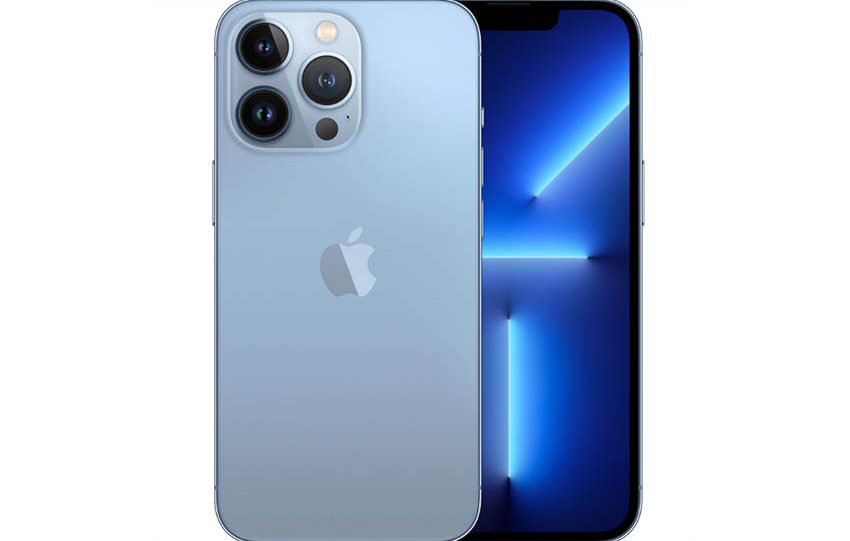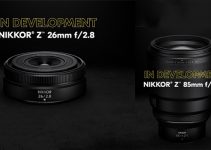Every year the iPhone gets more and more “pro” when it comes to video as Apple unlocks more advanced functions. This year, the new pro option was the ability to shoot ProRes on the iPhone 13 Pro. That’s a quite significant upgrade considering it is in addition to 10-bit HDR recording from the last generation. While ProRes is objectively better, there is still a question of whether it is worth using.
Well, ZY Productions thinks so, and if you are serious about video should always shoot in ProRes. If you want to know why and how it compares to the more compressed options you should check this out.
The two competitors for formats on the iPhone are HEVC and now ProRes. Both (when Dolby Vision HDR is turned on) will record in 10-bit. However, HEVC will do color sampling at 4:2:0 while ProRes unlocks 4:2:2. Small, but nice. In some scenes with a lot of colors the ProRes files will hold on to color better and they show an example of this.
Audio is another small tweak as HEVC records at 44.1 kHz and ProRes records at 48 kHz. Another small thing but makes a difference.
One thing to dig deeper into the iPhone’s ProRes functionality is exactly what flavor of the codec it is offering. Well, it’s easy to find that it is ProRes 422 HQ. This is often a preferred codec for image capture as it is very high quality and practically lossless. It is also designed to handle serious color correction or grading.

Image Credit: Apple
When put into real-world tests, when you have something like an underexposed clip you can easily see that HEVC starts falling apart much faster. This comes at a cost, however, as 422 HQ is huge, so keep that in mind. A minute of footage in ProRes is about 6 GBs. File sizes will lead to longer transfer speeds, limited frame rates to 30p, and require more storage to make the most of them.
ProRes does not use a very complex compression scheme to save the files. HEVC’s goal is exactly to compress as heavily as possible and has a very complex method of doing so. What this means is that the simpler ProRes encoding is a lot easier for computers to handle and during editing this will mean smoother performance. It is especially noticeable on older computers or with multiple tracks playing at the same time.
Side note, the new M1 Pro and Max chips even have dedicated encoders/decoders for ProRes, so performance is even better. The iPhone 13 series will also be able to play back ProRes files from other sources now that the A15 chip supports it natively.
If you want the best quality for your shoots you should absolutely shoot in ProRes. Even if it is just using the iPhone as an extra angle for another shoot, using ProRes will help you later on as the footage is just as easy to use on your computer as your regular shooting.
[source: ZY Productions]
Disclaimer: As an Amazon Associate partner and participant in B&H and Adorama Affiliate programmes, we earn a small comission from each purchase made through the affiliate links listed above at no additional cost to you.



